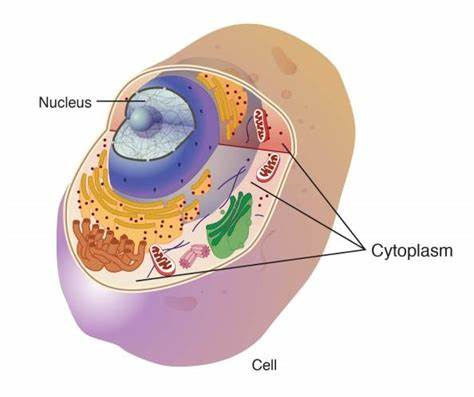Definition: Infertility is defined as the absence of conception after at least 1 year of regular sexual intercourse.
Causes: Males are found to be solely responsible for 20-30% of infertility cases and these are related to issues such as, inadequate sperm count which contribute to 50% of cases. For female infertility, about 40% of cases are due to ovulatory failure, about 40% are due to endometrial or tubal disease, about 10% are due to rarer causes such as, thyroid disease or hyperprolactinemia, and about 10% remain unexplained after full workup.
Pathophysiology of female infertility
Ovulatory Causes: Infertility due to ovarian dysfunction can result from disorders of the hypothalamus or pituitary, resulting in inadequate gonadotropic stimulation of the ovary. This can bring problems ranging from ovarian disorders, resulting either in inadequate secretory products or failure to ovulate; and occasionally from both types of disorder occurring at the same time. Correction of the underlying cause will often restore fertility. In many cases, the administration of exogenous gonadotropins will stimulate the ovaries to produce follicular growth. The oocytes can then be released in vivo and fertilized by intercourse or by artificial insemination.
Tubal and Pelvic Causes: With normal follicles and reproductive neuroendocrine axis function, the major cause of infertility is an abnormality in the endometrium or fallopian tubes. Prior or ongoing pelvic infections, with adhesions or inflammation, can result in a failure of sperm or egg transport, a failure of implantation, or implantation in an inappropriate location (ectopic pregnancy).
RELATED;
1. PELVIC INFLAMMATORY DISEASE











.webp)



















